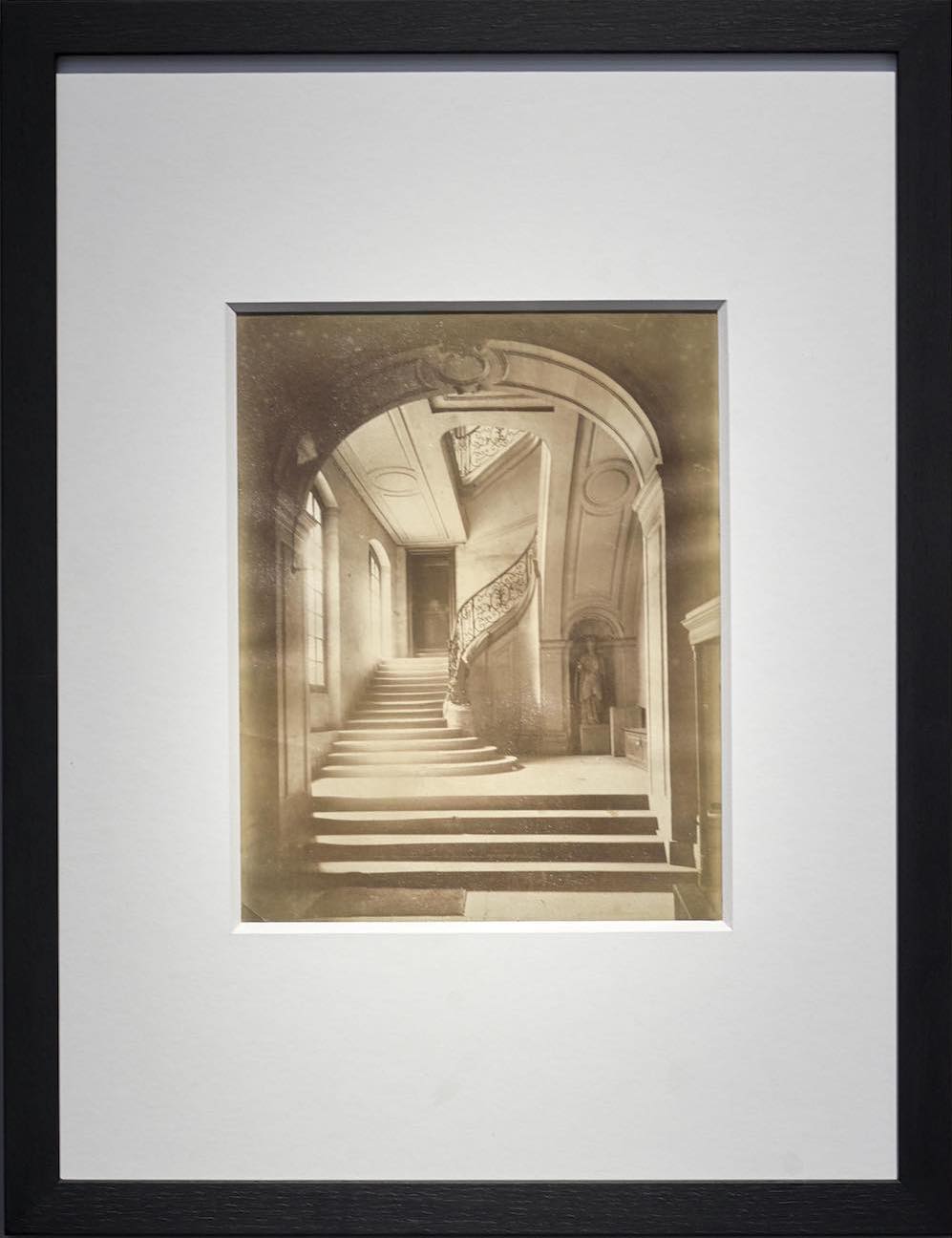Eugène Atget
French photographer (1857-1927)
He was a pioneer of documentary photography, noted for his determination to document all of the architecture and street scenes of Paris before their disappearance to modernization.
Equipped with a standard box camera on a tripod and 180×240 mm glass negatives, he gradually made over 10,000 photographs of France that describe its cultural legacy and its popular culture. He printed his negatives on albumen-silver paper and sold his prints to make a living. Despite the prevailing taste for soft-focus, painterly photography, Atget was faithful to his straightforward, documentary style.
Atget’s best work transcends the traditions of 19th-century commercial documentation and enters the realm of art. His legacy posthumously became part of the canon of modern photographic history through the efforts of the American photographer Berenice Abbott, who met Atget in 1925 and who acquired his estate at his death. She made prints from some of his negatives, some of which are seen and found in the market today.
In 1968, the Museum of Modern Art in New York acquired the majority of the Atget Estate.
